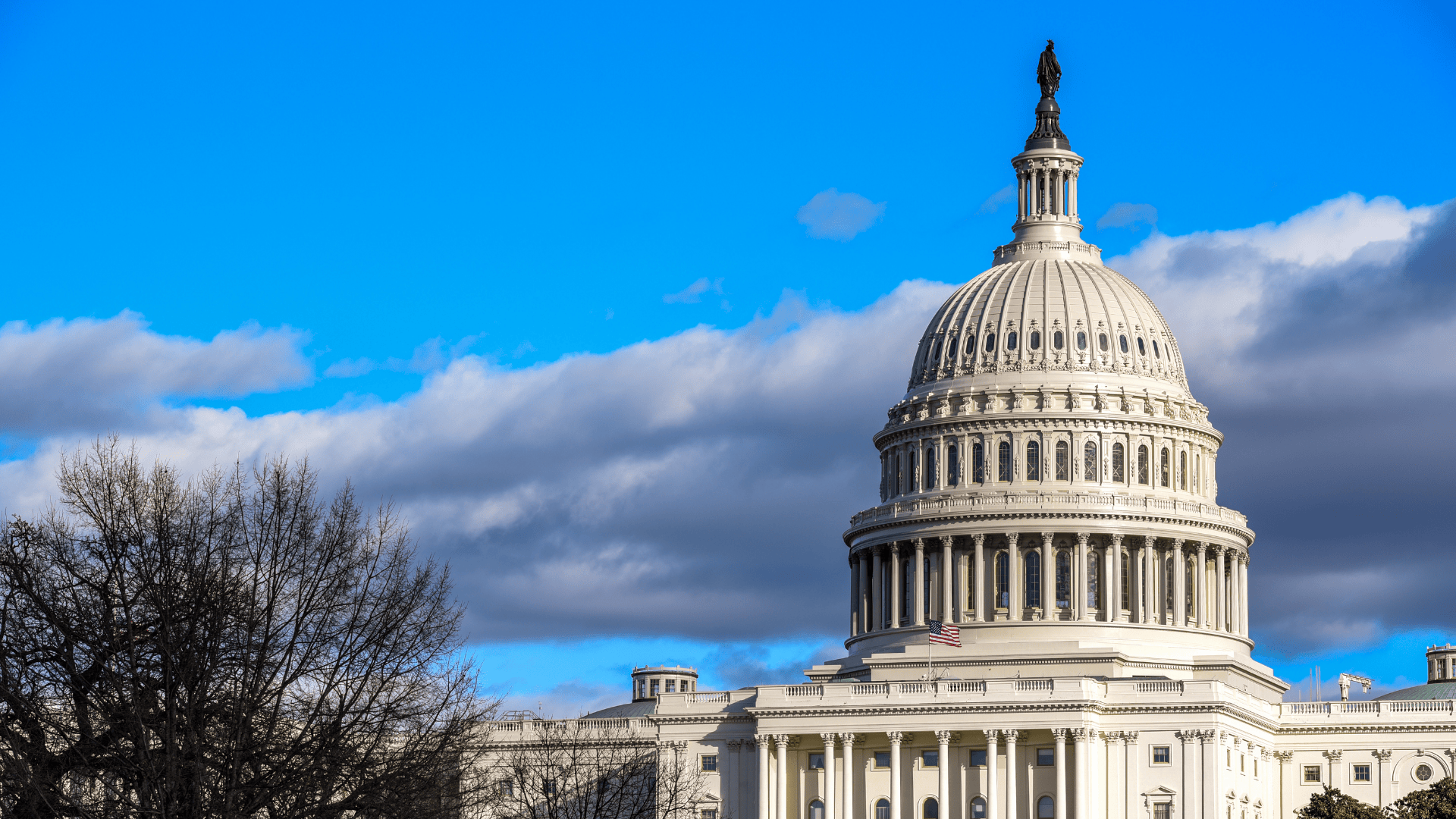The coming days are poised to be pivotal for financial markets, with two significant events on the horizon: the U.S. President’s announcement of a new Federal Reserve Governor and the release of crucial jobs data. Traders and investors will be closely scrutinising both developments for clues on the future trajectory of monetary policy and the health of the U.S. economy, which in turn will dictate market movements across various asset classes.
The Influence of a New Fed Governor
The appointment of a new Federal Reserve Governor by the U.S. President is a closely watched event, carrying substantial weight for monetary policy. A Governor sits on the Federal Reserve Board of Governors, which, along with the presidents of the Federal Reserve Banks, forms the Federal Open Market Committee (FOMC) – the primary monetary policymaking body. The current Federal Reserve Governor, Adriana Kugler, announced that she would vacate her Board of Governors seat, which was not due to expire until January. The nominee’s economic philosophy and stance on monetary policy, whether they lean towards a ‘dovish’ or ‘hawkish’ approach, can have profound implications for interest rates, inflation expectations, and overall financial conditions. Given the current U.S. President’s historical preference for accommodative monetary policy and lower interest rates to stimulate economic growth, market participants will generally anticipate a nominee who aligns with this perspective, though surprises are always possible. The Senate confirmation process also adds a layer of political scrutiny and potential for market speculation.
A nominee perceived as more ‘dovish’ (favoring lower rates, slower rate hikes, or potentially more quantitative easing) could lead markets to price in earlier or more aggressive interest rate cuts, or a prolonged period of low rates. This stance typically prioritizes employment growth over inflation control. Conversely, a ‘hawkish’ (favoring higher rates to combat inflation, or potentially quantitative tightening) appointment, while less expected given the current administration’s leanings, would signal a greater emphasis on price stability. Such a nominee might advocate for tighter monetary conditions even if it means some tempering of economic growth.
The U.S. Dollar’s value is highly sensitive to interest rate differentials and expectations. A dovish appointment could weaken the U.S. Dollar, as lower prospective interest rates would make the currency less attractive to foreign investors seeking yield compared to other major currencies. A hawkish surprise, however, could strengthen the dollar as higher yields would draw capital inflows.
Equity markets generally react positively to expectations of lower interest rates, as it reduces borrowing costs for companies, makes future earnings more valuable through lower discount rates, and can encourage consumer spending. Bond prices typically rise (and yields fall) when rate cut expectations increase, reflecting the inverse relationship between bond prices and yields. Conversely, a hawkish appointment or unexpected hawkish comments could lead to a sell-off in bonds (rising yields) and pressure on equities.
Decoding the Upcoming Jobs Data
Jobs data, particularly key monthly releases from the Bureau of Labor Statistics (BLS) such as Non-Farm Payrolls (NFP), the unemployment rate, and average hourly earnings (wage growth figures), are among the most impactful economic indicators. They provide a real-time snapshot of labor market health, which is a critical input for the Federal Reserve’s dual mandate of maximum employment and price stability.
Strong Jobs Data (e.g., higher-than-expected job creation in NFP, falling unemployment rate, rising wages) would signal a robust and potentially overheating economy. While generally positive for overall economic sentiment, persistently strong labor market data, especially rising wages, could lead the Fed to believe that inflationary pressures are entrenched or that there’s less urgency for rate cuts. This scenario might lead to higher bond yields (lower bond prices) as investors anticipate a less accommodative Fed. The U.S. Dollar could strengthen as the prospect of higher-for-longer rates becomes more plausible. Equity markets could see a mixed reaction – initial strength on economic growth, but potential headwinds if tighter monetary policy is anticipated.
Weak Jobs Data (e.g., lower-than-expected job creation, rising unemployment, stagnant wage growth) would suggest a weakening economy and a softening labor market. Such data would likely increase the market’s expectation for Federal Reserve rate cuts to stimulate growth. In this scenario, bond prices would likely rise (yields fall) as safe-haven demand increases and rate cut expectations mount. The U.S. Dollar could weaken due to increased rate cut expectations. Equity markets might initially dip on growth concerns but could find significant support if the prospect of imminent and aggressive rate cuts becomes stronger. Beyond NFP, traders also monitor initial jobless claims for weekly trends and the Job Openings and Labor Turnover Survey (JOLTS) for insights into labor demand.
Navigating Market Volatility: What Traders Can Expect
Given these two significant catalysts, traders should prepare for heightened market volatility in the coming days. The interplay between the new Fed Governor’s perceived policy leanings and the actual jobs data will be crucial.
Currency traders will be keenly watching the U.S. Dollar. The balance between a potentially dovish Fed appointment and the strength/weakness of the labor market data will dictate its direction against major currencies. Event-driven trading strategies, often involving pre-positioning or rapid execution post-announcement, will be prevalent.
Fixed Income traders will find bond yields highly sensitive to both announcements. A dovish tilt from the Fed or weak jobs data could send yields lower, benefiting bond prices. Conversely, hawkish signals or surprisingly strong employment figures could push yields higher, pressuring bond valuations. The 2-year and 10-year Treasury yields are particularly important benchmarks to watch.
Equity investors will be assessing the implications for corporate earnings, discount rates, and the broader economic outlook. Sectors sensitive to interest rates, could see notable movements.
In summary, the confluence of a new Fed Governor nomination and critical jobs data presents a complex but potentially high-impact week for financial markets. Traders should remain agile, closely monitor the details of both announcements, and be prepared for swift reactions across all major asset classes as market participants digest these key pieces of information
Start Trading with Orient Futures Singapore
Being an Overseas Intermediary of Shanghai International Energy Exchange (INE), Dalian Commodity Exchange (DCE), and Zhengzhou Commodity Exchange (ZCE), when foreign clients participate in internationalised futures contracts in these Chinese markets with us, they have direct access to trading, clearing, and settlement. Our parent company, Shanghai Orient Futures, is the largest broker in terms of aggregated volume across the five regulated exchanges in China.
Orient Futures Singapore also currently holds memberships at the Singapore Exchange (SGX), Asia Pacific Exchange (APEX), and ICE Futures Singapore (ICE SG). Starting August 2023, corporate clients can also gain access to the B3 Exchange through us, opening additional trading avenues.
Expect streamlined processes and an easy-to-use interface designed for minimal latency, accompanied by our team’s round-the-clock availability on trading days to provide assistance for all your trading needs.



